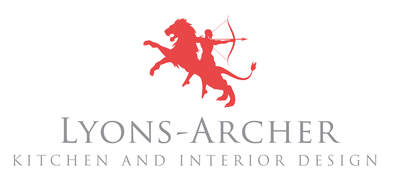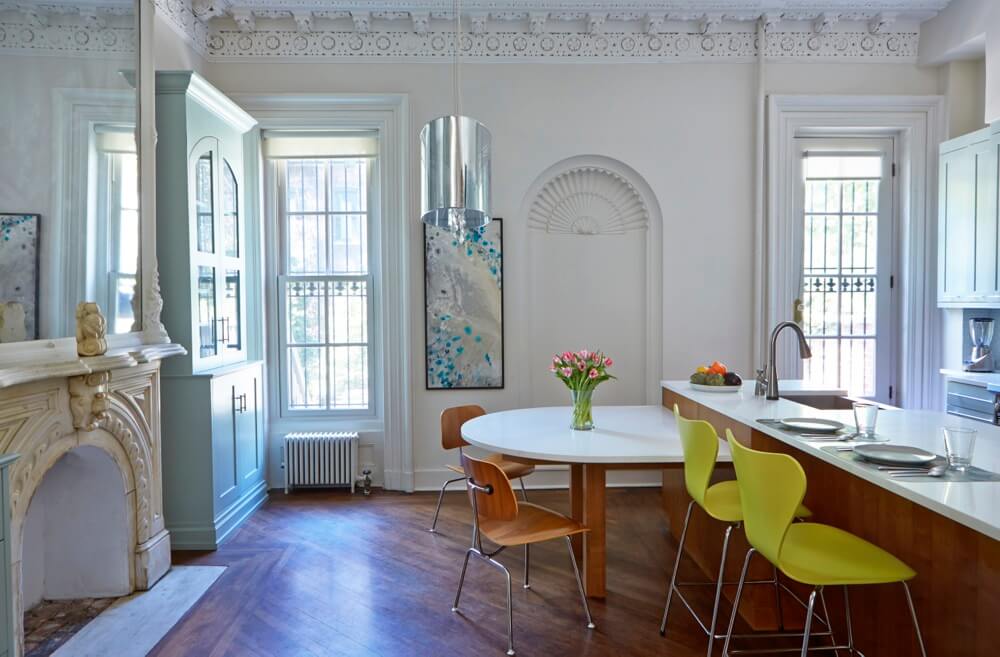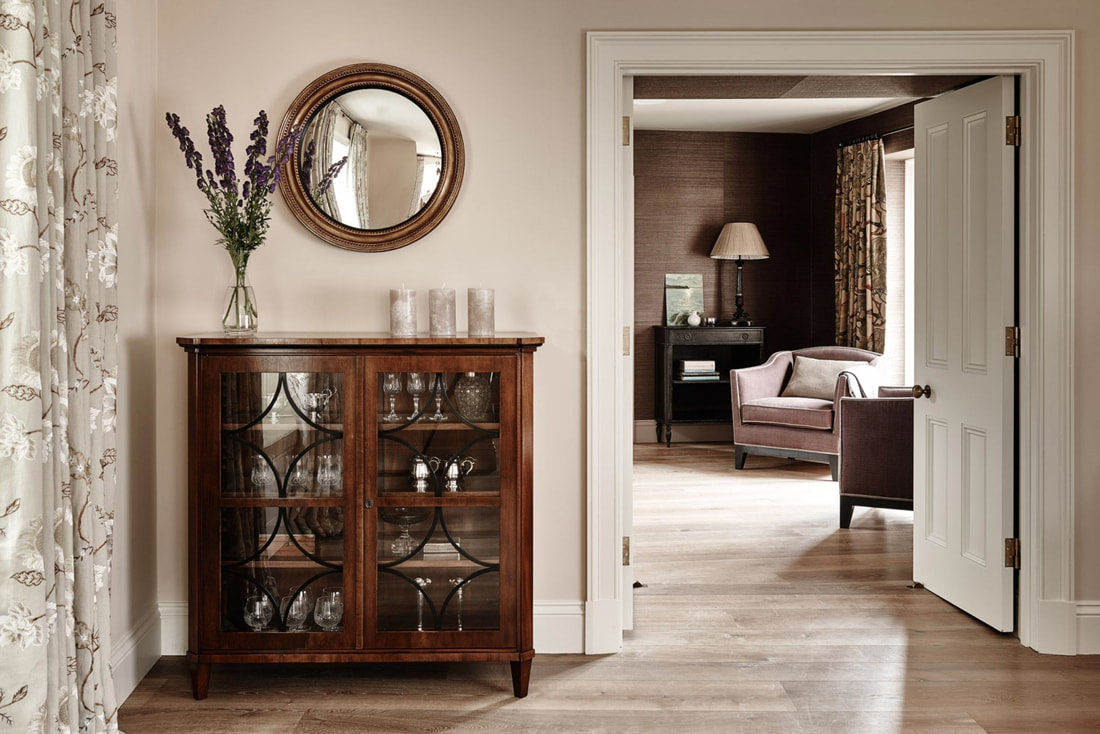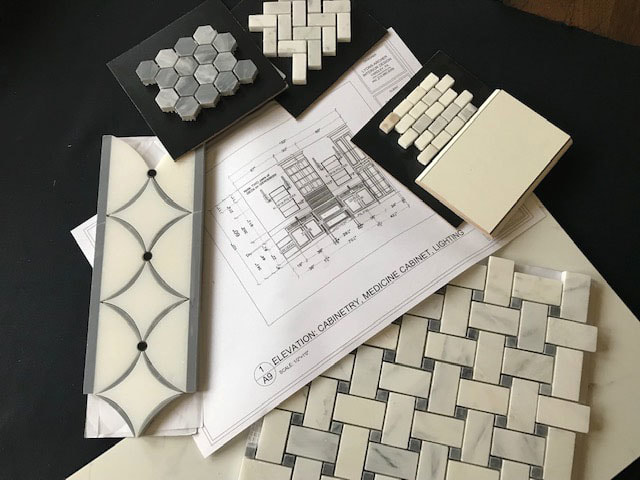|
Why is it that a room can “match” and lack appeal, while a space with seemingly disparate furnishings works impressively? Much depends on three qualities that capture the essence of good design: consistency, coherence and comprehensiveness. A good interior specialist applies these three “c’s” with an understanding that they are the foundation for designing all rooms with classic style that never bore, or age badly. Think of it this way: you enter a room designed and installed in the late ‘40s, in true mid-century modern style. If you observe that by lightly refreshing (not changing) the room’s aesthetics, your room retains its beauty and functionality, you are probably in a room that meets the three “c’s”. Be consistent…but do not bore! In the context of design, consistency is the disciplined ability to source furnishings and utilize design principles that enhance an overall design objective, sometimes in unexpected ways. This is especially true in locations with very old, or historic housing stock, such as in East Coast brownstones or in European townhouses. In the example shown below, the homeowner’s contemporary taste is the first thing we see, via the light wood floor and island finishes, the restrained accessorizing and the barstools’ bright yellow upholstery. The ornate fireplace surround and the plasterwork are secondary, yet complimentary. The current owner’s taste for contemporary furniture and her home’s over-the-top plaster moldings would not, at first blush, work. However, by painting the walls and the moldings a neutral color, and de-emphasizing (but not eliminating) period details, elements of the past frame the present. It works. Coherence…do you get it? We think of coherence as something that makes sense. It’s the same in design. When each room in a home is done in a different style, and colors either don’t complement each other or do not adequately contrast, the home is confusing and incoherent. Out-of-period furnishings forcibly injected into an existing design scheme can rob a room of any cohesion, unless they are positioned and lit properly as a “one-off”. A coherent home subtly replays a set of colors, textures and themes throughout. It may require a re-model, or replacement of moldings that don’t match throughout the home. In a home with design coherence, an observer can stand in one room, look through the doorway into a second room, consciously or unconsciously, and see a recurrence of color, texture or theme. In the photo below, note how the same hue of brown is used in varying tones and shades to pull the two rooms together. Most of the wall space is unoccupied, yet through the clever use of textures, including the grass cloth wallpaper in the farthest room, both rooms enhance each other and hold interest. Comprehensive…a balance of time, money and patience Shelter television has done a great disservice to true interior design. What we see on TV entertains, but it also underprices materials and labor, and presents unrealistic project timelines. A good project outcome requires solid preplanning to recognize construction limitations, and to establish a budget, a functional and aesthetic objective and a reasonable timeline. Here are some guidelines to consider:
Interior and kitchen design requires skill, patience and attention to detail. Most projects are a sizable investment in time and money, and they need to satisfy for a long time.
An interior designer who relies on consistency, coherence and a comprehensive approach to each project will protect your investment, maximize your satisfaction and ensure your design is classic and functional. Please reach out to me if you would like me to do that for you! You can reach me at 215-860-5059.
0 Comments
Leave a Reply. |
Archives
November 2022
Categories |




 RSS Feed
RSS Feed